Cesidio’s Tree
Every year for Steve and his mother Josephine, the same feelings arise: pride and a mix of emotions.
The friend who’s telling us the story today is Steve Elling, and he lives in Great Barrington, a small town in Massachusetts with 7,000 residents, approximately 135 miles from New York.
Steve is of Italian origin and is very proud of it. His mother, Josephine Perruzza Elling, is 90 years old.
Her father, Steve’s grandfather, is Cesidio Perruzza, and out of all of his children, Josephine is the last living one.
Cesidio is a great man with a great story that is unknown to many…
It begins as you might expect.
He was a boy living in the small town of San Donato Val di Comino, province of Frosinone, at the end of the 1800s.
Needless to say, those were very dark times for Ciociaria; work was scarce, and those who were working were very fortunate. Farmers were lucky to be cultivating crops and raising livestock, which would in turn feed them, but only partially.
Cesidio went to school for a short while, but he wasn’t able to finish the fifth grade, which at that time was the goal of most kids. His family was too poor for the luxury of sending him to school until he was ten years old. Back in those days children in poor families couldn’t live off their parents.
Going to school wouldn’t help Cesidio and his family to put food on the table.
And so, after finishing the third grade, Cesidio was destined to go to work.
And not only that, but he was working in a cave not too far from where he lived.
Let’s be frank; it was a shitty job for an 8 year old boy.
Cesidio went on like this for 20 years, at which point he evidently decided that he couldn’t do it anymore.
Or simply, he wanted more.
He wanted much more than what he saw. He wanted much more than those years spent in poverty. And he didn’t want to grovel to get ahead.
It was better to leave, to go far away.
A year before, at 19 years old, he married a beautiful girl from his town, Gerarda Cucchi.
At 16 years old, she was young and very beautiful.
Beautiful, young, and pregnant when he left.
At 20 years old and having only completed third grade, Cesidio decided to leave for America…
“Merica, Merica, Merica,
cosa sarà la sta Merica…”
“Cosa sarà mai, questa America” (What will this America bring…), the Venetian emigrants used to sing as they boarded ships for the New World.
The records at Ellis Island say that “Perruzza Cesideo” came from Naples on the “Christopher Columbus.” Back then, it was anything but rare that there would be an error in recording the names, or worse, the last names of the immigrants. These errors almost always happened on the ships’ manifests.
It didn’t take long for our Cesidio to find a job.
For twenty years, he broke stones day and night with his strong arms.
In a New York, a city that was always expanding, he did what he knew how to do best: dig, handle explosives, and blast stubborn rocks.
Manhattan is known for its extremely hard bedrock.
There was no shortage of work for Cesidio. In those years, half of the Island needed to be leveled to build streets and squares. The rocks also needed to be carved out for the Subway tunnels…
He was immediately hired by a construction company, which was headed by an Irishman. At that time, there was some tension between the Italians and the Irish, but the boss preferred the Italians because they were Catholic, like he was.
They were also great workers who weren’t afraid of dust, rain, freezing cold winters, and blazing hot summers. They were simply hard workers.
It’s not that the boss played favorites or gave Italians a break or anything though.
Wherever there was rock that needed to be blasted, the company sent Cesidio.
“Miccia lunga!” (Long fuse), “Miccia corta!!!” (Short fuse), “Boooom!!!”: and with that, a large part of his work was already done.
Saturday, May 17, 1930 he and his team were called by Robertson & Todd Corporation to make space for the foundation of what was to be New York’s most beautiful Art Deco complex. Benjamin Morris’s project was ambitious at that time: 14 apartment buildings to which an additional four skyscrapers would be added.
It needed to be done right because the client was the biggest name in New York at that time and none other than a banker.
His name was John Rockefeller Jr., and he was the last descendant of the richest family in America at that time.
“My father knew how to recognize the weak points in the rocks he needed to blast by looking at the veins. The rocks needed to be blasted without causing disastrous collateral damage.”
This is how 90-year-old Josephine Perruzza Elling, the mother of Steve and the youngest of Cesidio Perruzza and Gerarda Cucchi’s children, told it.
“My mother left from San Donato Val di Comino a few years after my father. She never saw the sea. She didn’t know what the ocean was. She never ate gelato. She was a simple farmer. She left some years after my father because he wanted to earn enough money to be able to send her a first class ticket to America.” Cesidio wanted his loved ones to travel in comfort, in luxury like they had never seen before.
She brought us back to 1931.
A few days after Christmas, Cesidio and the other workers waited in line at the construction site for their weekly paychecks.
They felt lucky, blessed: the crisis from 1929 and the Great Depression had almost passed, and the few letters they received from home described an Italy that was increasingly poor and preparing for war.
Italy was sure it would win.
One December day in 1931, Cesidio and his team arrived at the construction site wearing work boots, coveralls, and heavy sweaters. New York is always freezing in December.
To celebrate that Christmas, which seemed almost like the end of the crisis, they pooled their money and bought a large fir tree that someone was selling on the street.
They decorated it the best they could with what they had: some colored string, fruit from their snacks, pieces of fabric, buttons, flowers…
The tinfoil from the detonator casings was transformed into hundreds of small shiny strips. Next to the tree were lids and tin cans, which once contained their food. There were also little colored water and wine bottles.
It was their homage to the city that welcomed them, that pulled them out of misery, their song of gratitude for being saved from the horror of the poverty in Italy.
They really loved that tree, and they did another one just like it the year after.
And also the year after that when Rockefeller Center was completed.
It became a tradition.
The tree was bigger every year, with richer decorations and more lights.
The Rockefeller Center tree is the symbol of Christmas festivities in New York, and the tree lighting is an event that sees tens of thousands of people.
Today, the tree is a giant pine decorated with thousands of energy-efficient lights. The trees come from New York State’s limitless forests.
The crystal star at the top measures two meters in diameter and weighs 550 pounds. It was created by Swarovski in 2004 specifically for the tree that would become one of the most loved symbols of the Big Apple.
At the base of the tree is an ice rink, which opened to the public in 1936.
Of the ten children that Cesidio and Gerarda had, seven of them survived. It was a hard time for babies at that time, even in America.
Over the years, Cesidio and Gerarda Perruzza were able to buy an apartment in at 358 Prospect Place in Brooklyn, the one pictured here. It consisted of a living room with a small fireplace, a big kitchen with two windows, and a small garden in the back.
Cesidio Perruzza worked until he was 70, and when he retired, none other than The Daily News was talking about him.
Why? He saw the city grow in a way not many other people had.
And when the reporter asked him, “How does one continue working with dynamite until he’s 70 years old?”, he simply responded, “Just avoid hangovers...”
In 1971 the couple had a horrible ordeal in their beautiful Brooklyn apartment. They found robbers in the house, who bound and gagged them in order to steal the little bit of money that was in the house.
It was then that they decided to leave New York to move to the more peaceful, and greener, Massachusetts.
But they only enjoyed the fresh air of Massachusetts for only one year. They both died in 1972, a few weeks apart. They couldn’t stand living without each other.
When their children came to clean out the house, they had to call the Army’s bomb disposal unit. They found a box of perfectly preserved dynamite in the basement containing explosive sticks that were ready to be used. Why did Cesidio hold them for decades? “Because you never know…”
If you’re going to be in New York this season, when you find yourself in front of the Rockefeller Center Christmas Tree (actually, at "Cesidio’s tree"), don’t forget to send him an affectionate thank you.
I would say that he deserves it.
----
This story, written by journalist Dario Celli, was first featured in his blog Aria Fritta.
Translated by Alex Catti






























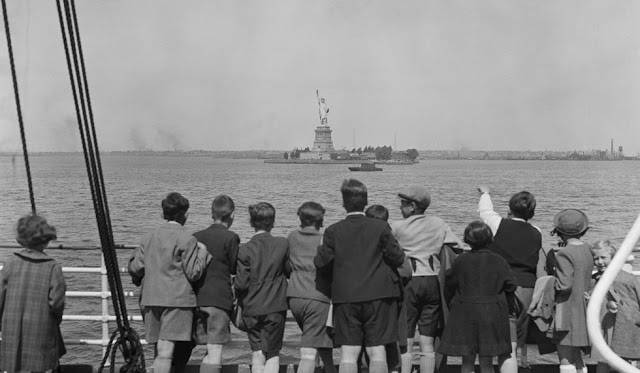
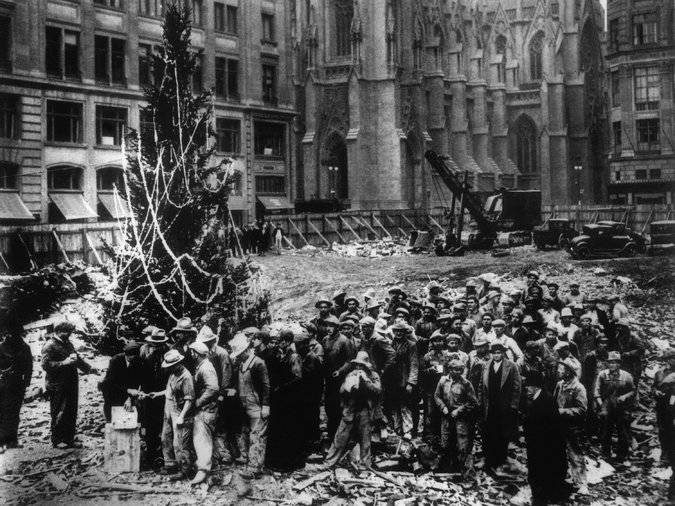
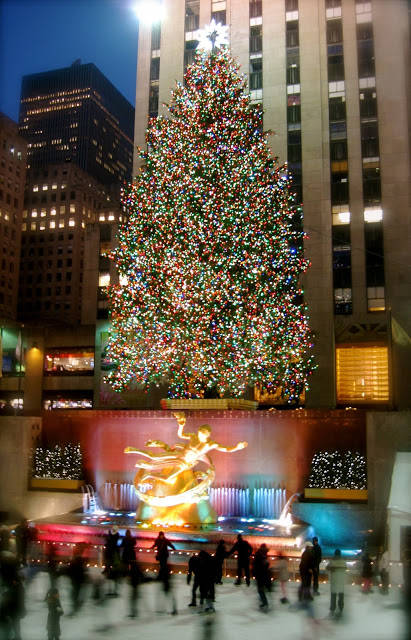

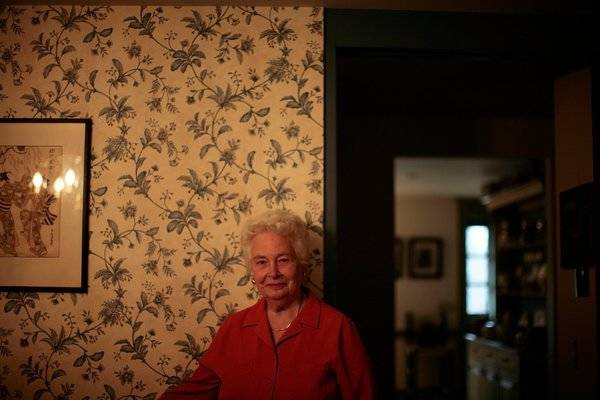

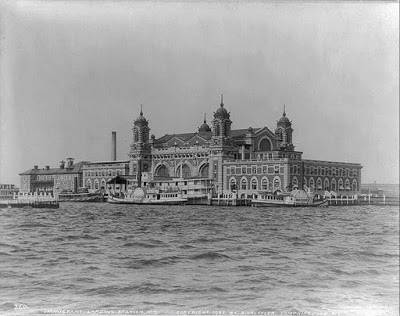



i-Italy
Facebook
Google+
This work may not be reproduced, in whole or in part, without prior written permission.
Questo lavoro non può essere riprodotto, in tutto o in parte, senza permesso scritto.